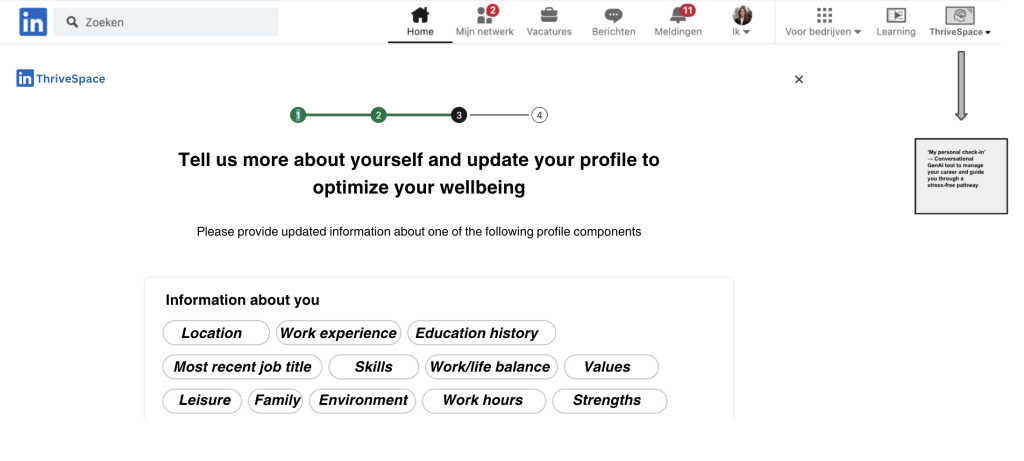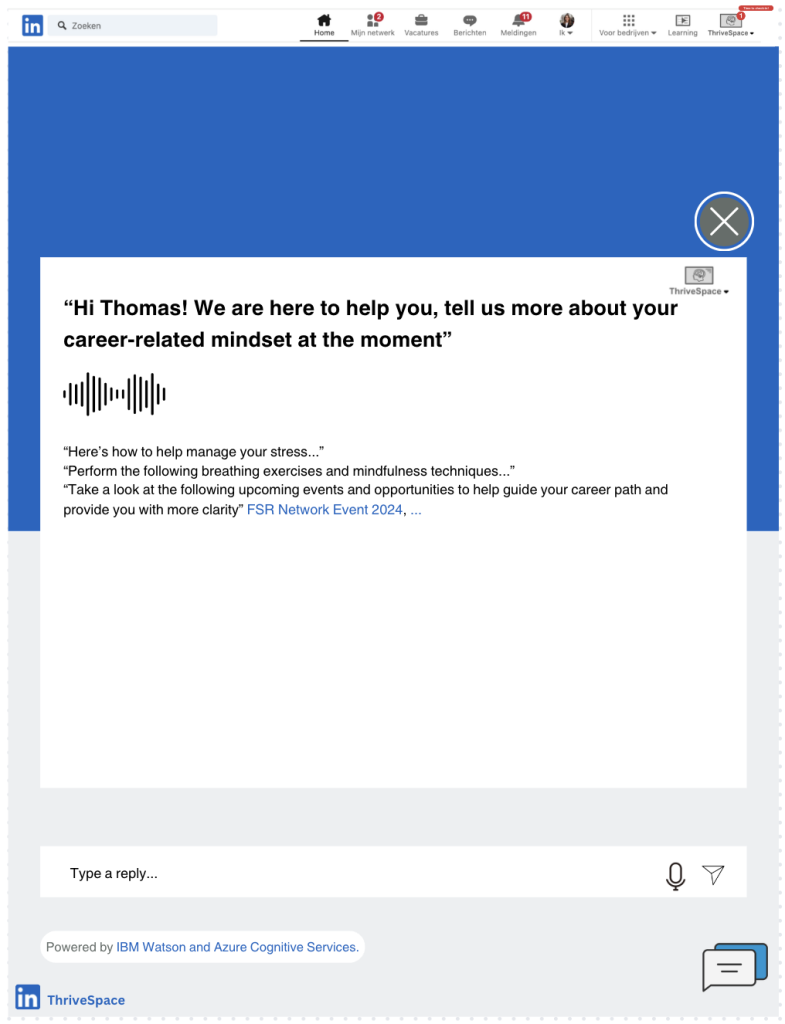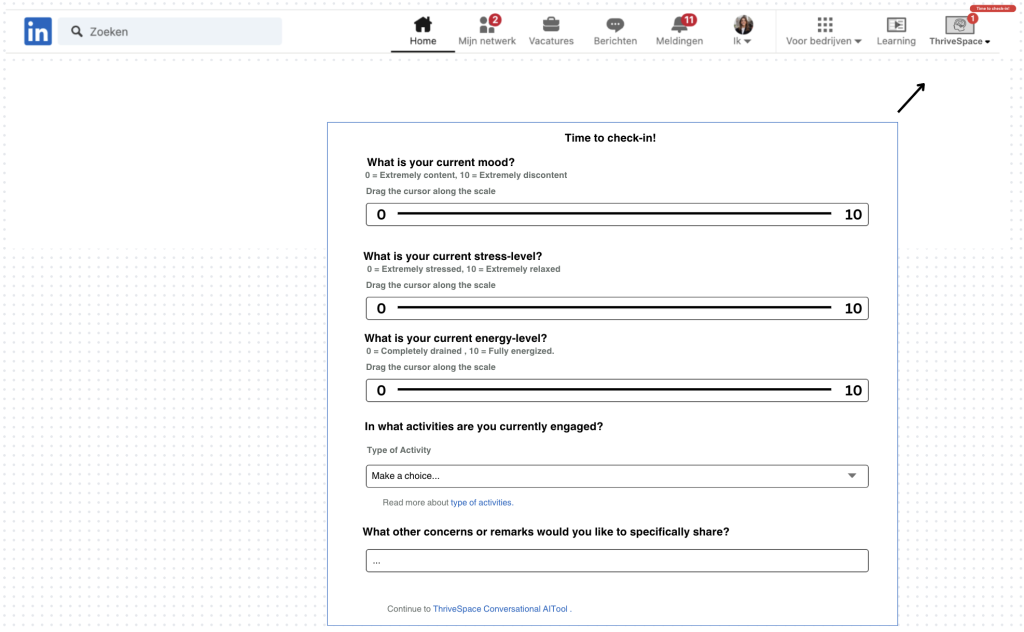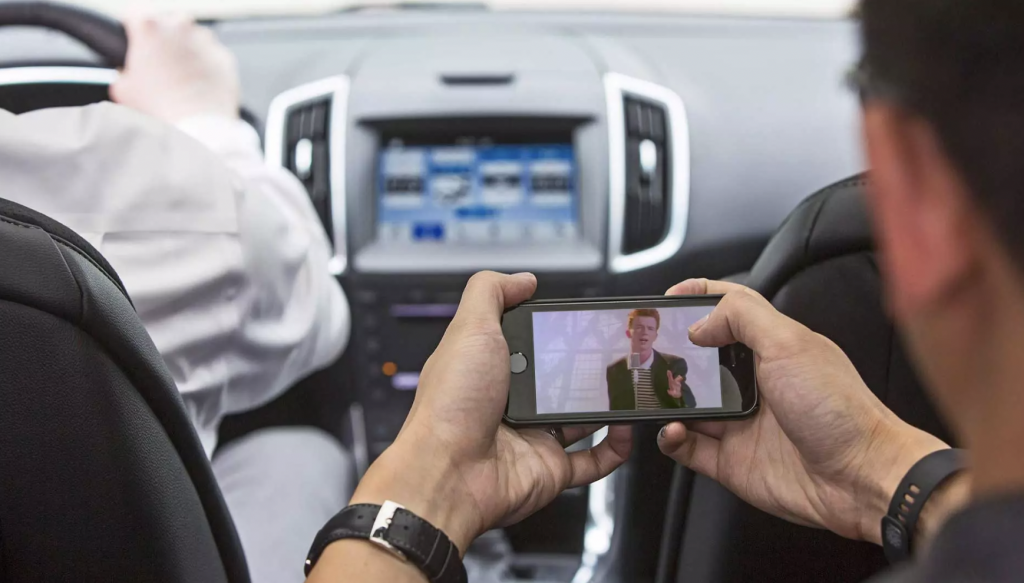“Stephanie wants to connect” …
“Congratulate Pien on an educational milestone” …
“2 people viewed your profile” …
“Chris recently shared starting a new position as …” …
“Discover traineeship Data & AI…” …
As many may recognize such notifications dominating their LinkedIn feed’s, many may also recognize different inner reactions fueling from such announcements. Whether being proud of your college or motivated by your close peer, these positive thoughts are usually not the only things we feel. Although LinkedIn brings about great opportunities, it inadvertently amplifies social comparison and career anxiety. Research has shown that increased frequency of use of LinkedIn is associated with significantly greater likelihood of increased depression and anxiety among young adults (Jones et al., 2016). Hence, while LinkedIn offers tremendous values in professional networking and career development, it often overlooks the mental and emotional well-being of users.
Now let us introduce you to ThriveSpace, our new Generative-AI-powered initiative that will support LinkedIn’s users to navigate their career journey with more calm and less stress. By utilizing Generative AI (GAI) capability, ThriveSpace would provide users with expert consultation to address their career-related mental issues. LinkedIn’s users will be supported through ThriveSpace’s 4 key activities: onboarding, mental health development and career development conversations, and automated check-ins.

During onboarding, users’ demographic data as well as career- and mental-health-related data will be collected via introductory questions. This data will then become inputs for AI models for subsequent activities.
ThriveSpace’s main features are mental health development and career development. Both features are integrated into two separate chatbots: users can engage with the tool in a text conversation, based on their own specified mental health development or career development needs. Our AI model, utilizing IBM Watson Natural Language Understanding (NLU) and IBM Watson Machine Learning, will provide answers best tailored to users.


Finally, ThriveSpace will provide an automated check-ins feature. A notification will be sent at a randomized time in the week for users to complete a simple set of questions. These questions help to assess the user’s current stress level, mood, and energy level, and ensure that their mental state is regularly monitored.
The addition of ThriveSpace will significantly contribute to LinkedIn’s business model. It will be integrated into LinkedIn Premium as an additional offering, providing extra values to individual customers and generating another source of revenue for the company. ThriveSpace will create a positive impact to LinkedIn’s community and to the society by addressing career-related mental problems. The platform will also help demonstrate LinkedIn’s commitment:
“to connect the world’s professionals and make them more productive and successful”
(LinkedIn, n.d.).
ThriveSpace provides an affordable and accessible solution for everyone that needs timely support, and breaking the stigma of asking for help. No more need to over-think, to struggle or to simply have to answer too many overcomplicated questions yourself. It’s time to create more positive habits and better mindsets so that you are purely inspired by others around you, rather than intimidated.
References
Jones, J., Colditz, J., Shensa, A., Sidani, J., Lin, L., Terry, M., & Primack, B. (2016). Associations Between Internet-Based Professional Social Networking and Emotional Distress. Cyberpsychology, behavior and social networking, 19 10, 601-608 . https://doi.org/10.1089/CYBER.2016.0134.
LinkedIn. (n.d.). About LinkedIn. https://about.linkedin.com/nl-nl?lr=1
Monincx, S., Peijnenburg, A., van Wieren, A., Lê, L. (2024). Innovating Business Models with GenAI – Group 30.



